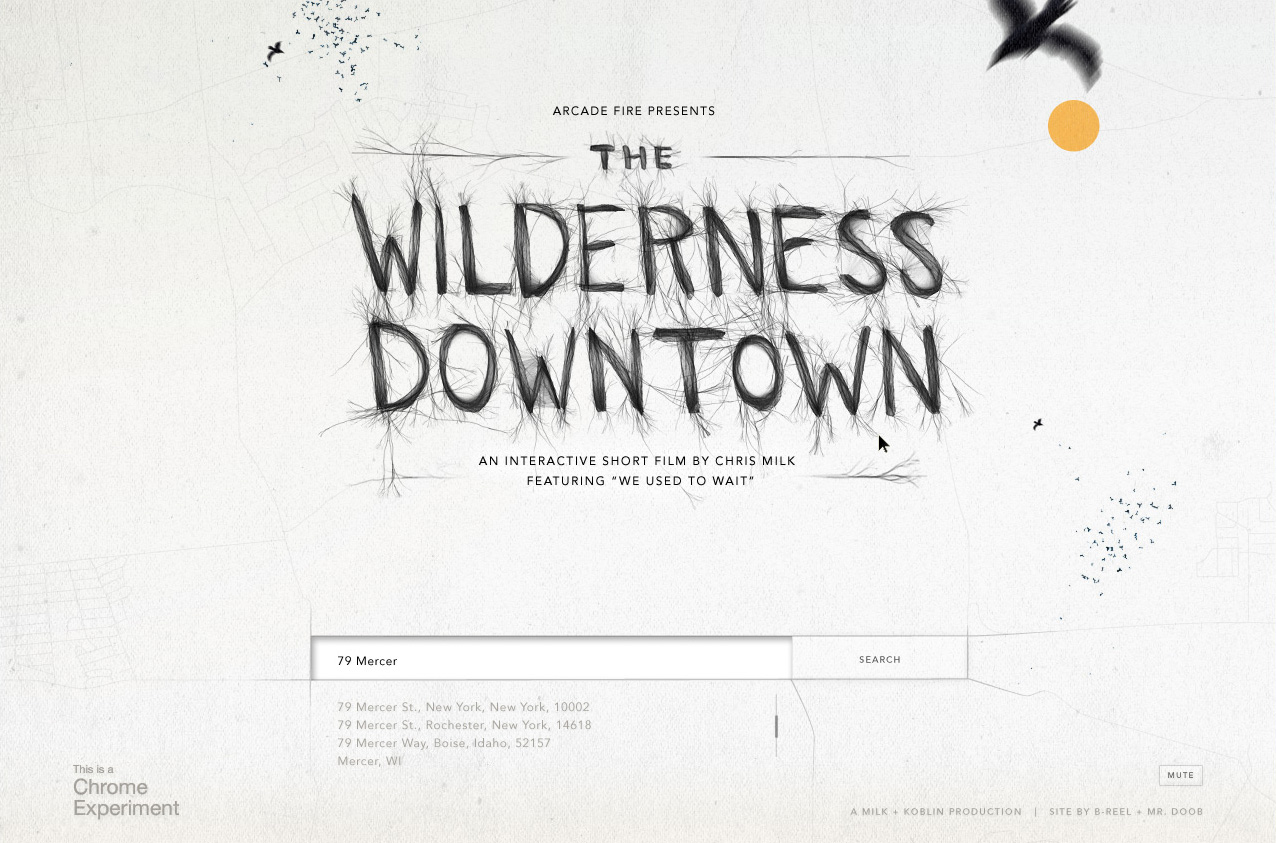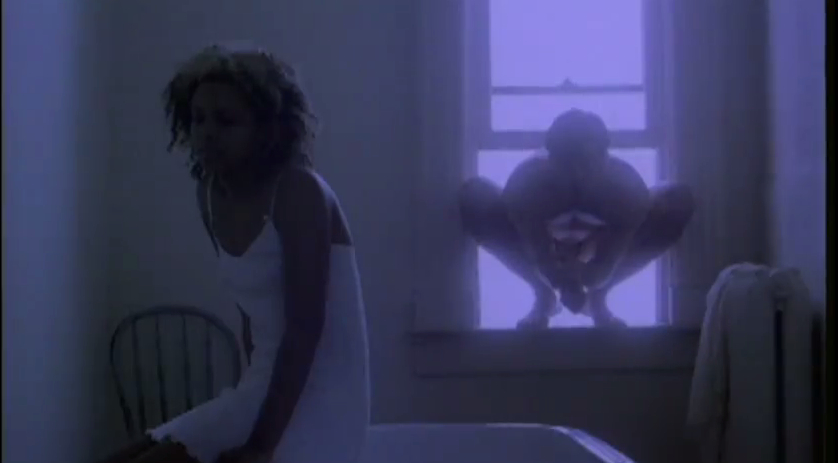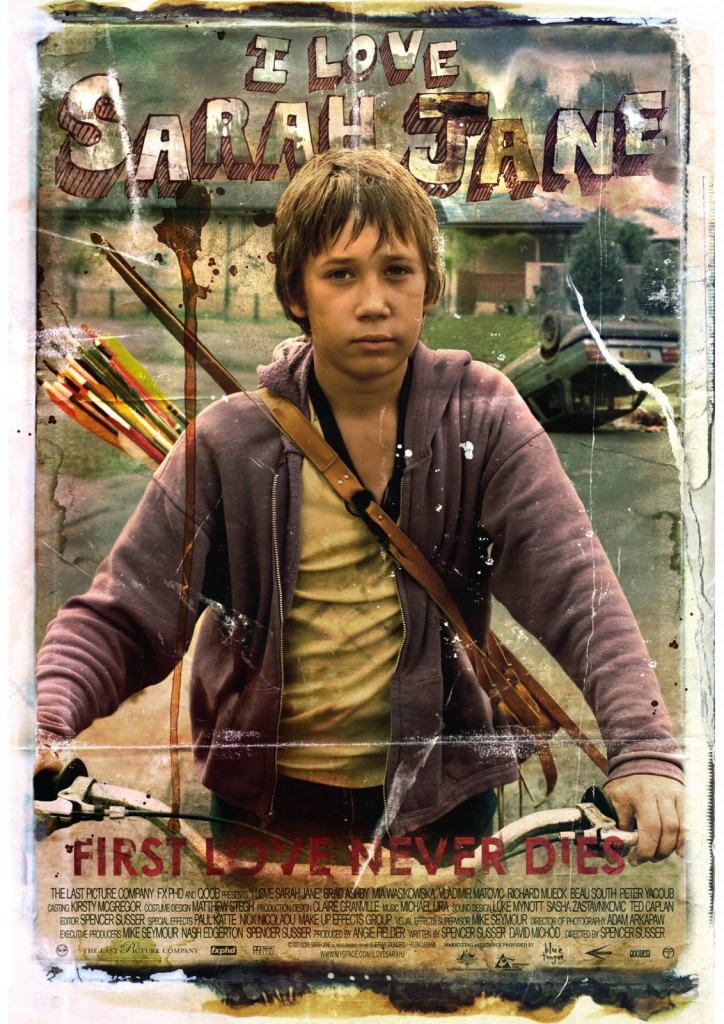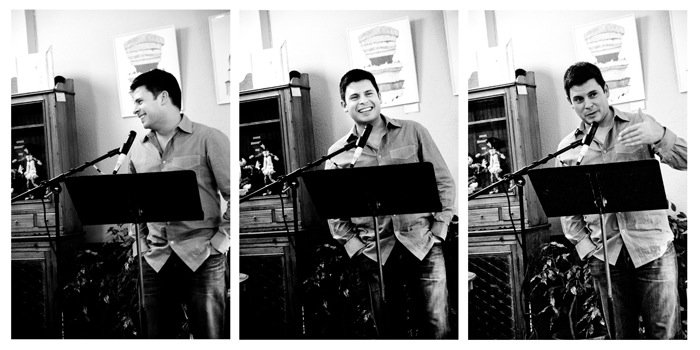[vimeo]http://vimeo.com/6715502[/vimeo].
At the core of Miranda July (writer) and Miguel Arteta’s (director) short film “Are You the Favorite Person of Anybody?” is the title question. It is repeatedly asked by a man standing on a street corner (John C. Reilly) to strangers who pass by, but we never find out why he’s asking the question or what he intends to do with the information he collects. All we know about him is that he has a burning question, three orange trees, and a wife trying to get rid of oranges. None of this matters. The question’s profundity disarms and obscures all else.
That burning question supersedes the simplicity of the film, supersedes the film itself in the way the it poses the question to the audience, too. The youtubification of this film led to a spate of vloggers asking themselves and others the same question in a sort of viral existential awakening, or, at times, mass despair. Certainly, though, the question hails us if we dare to let it. Are you the favorite person of anybody? It’s difficult not to get caught in the musical chairs of the query. And won’t most of us end up on the floor?
But to dwell on the question this way is perhaps to identify too strongly with Miranda July’s character. Mike White’s character doesn’t seem compelled or bothered. He has no delusions of grandeur, but does have a girlfriend and is bringing her an orange or two – he leaves almost elated. So what of the oranges? On a certain level, the film seems too simple to contain metaphor. But then there are oranges. Are they consolation? Are they payment for pain inflicted, or are they the very point of existence? Much depends on a bag of oranges.
What intrigues me here more though is the intimate story around the story. How Miranda July had just finished shooting Me and You and Everyone We Know and had nothing to do until the editor came back with a rough cut – a peculiar waiting. So she wrote these sketches. Showed them to Arteta who she was dating at the time. Arteta rushed them to shoot and cast July, Mike White (the writer of Chuck & Buck, which Arteta directed) and Chuy Chavez (July’s DP on Me and You and Everyone We Know).
Arteta, in an interview in Wholphin confesses what the script meant to him: “When I read it, it hit me hard for the first time: I wasn’t going to be [July’s] favorite person for too much longer. I was having doubts about us and the script felt like a warning . . . I said ‘Let’s shoot this, right away’ – knowing that working together was something I would always cherish”
In her Wholphin interview, July confesses she was excited to just act. It was something she committed herself to so strongly that when she walked away from John C. Reilly, exiting her scene with him, and no one called cut, she just kept on walking. “I walked practically to the next neighborhood before anyone noticed I was gone.” These are the interstitial stories I believe imbue films.
After the death of French filmmaker Jacques Demy and the decaying of the prints of his early film Umbrellas of Cherbourg, his filmmaker wife Agnes Varda oversaw the re-colorization of the film. The result is lurid, gaudy, and gorgeous. Walls aren’t just walls, they leap out in shades of eggplant and lime. Varda was ostensibly realizing Demy’s original vision for the film’s color, but there’s something else that imbues the film. Call me overly romantic but I read each color, each frame, as part of a love letter to her deceased husband.
What imbues “Are You the Favorite Person of Anybody?” for me is the tension between July’s never ending take where she walks off the set and away. . . and Arteta’s manic intent to make the film and collaborate while they still had time. A letting go and a holding on. This bittersweetness stains the film for me.
Romanticism aside, this is simply a film I wish I’d made. With one location and only four actors this is one of the simplest short films I’ve seen. Made for $150 (for apparently coffee, bagels, tape and a transfer to HD), the simple style and simple content let the film’s principle dramatic question do the work.
The film appears in Issue #1 of Wholphin, the McSweeney‘s DVD magazine, available here:
http://store.mcsweeneys.net/index.cfm/fuseaction/catalog.list/object_id/4F541504-D8B3-44BE-9DAC-32B0B4554215/Wholphin.cfm
In their own words:
“Wholphin is a quarterly DVD magazine featuring short films, documentaries, animation, and instructional videos that have not, for whatever reason, found wide release. Recent issues of Wholphin have included films by Spike Jonze, David O. Russell, Miranda July, Miguel Arteta, Errol Morris, and Steven Soderbergh, and performances from John C. Reilly, Selma Blair, Patton Oswalt, Andy Richter, a monkey-faced eel, and many others.”
—RWGray









